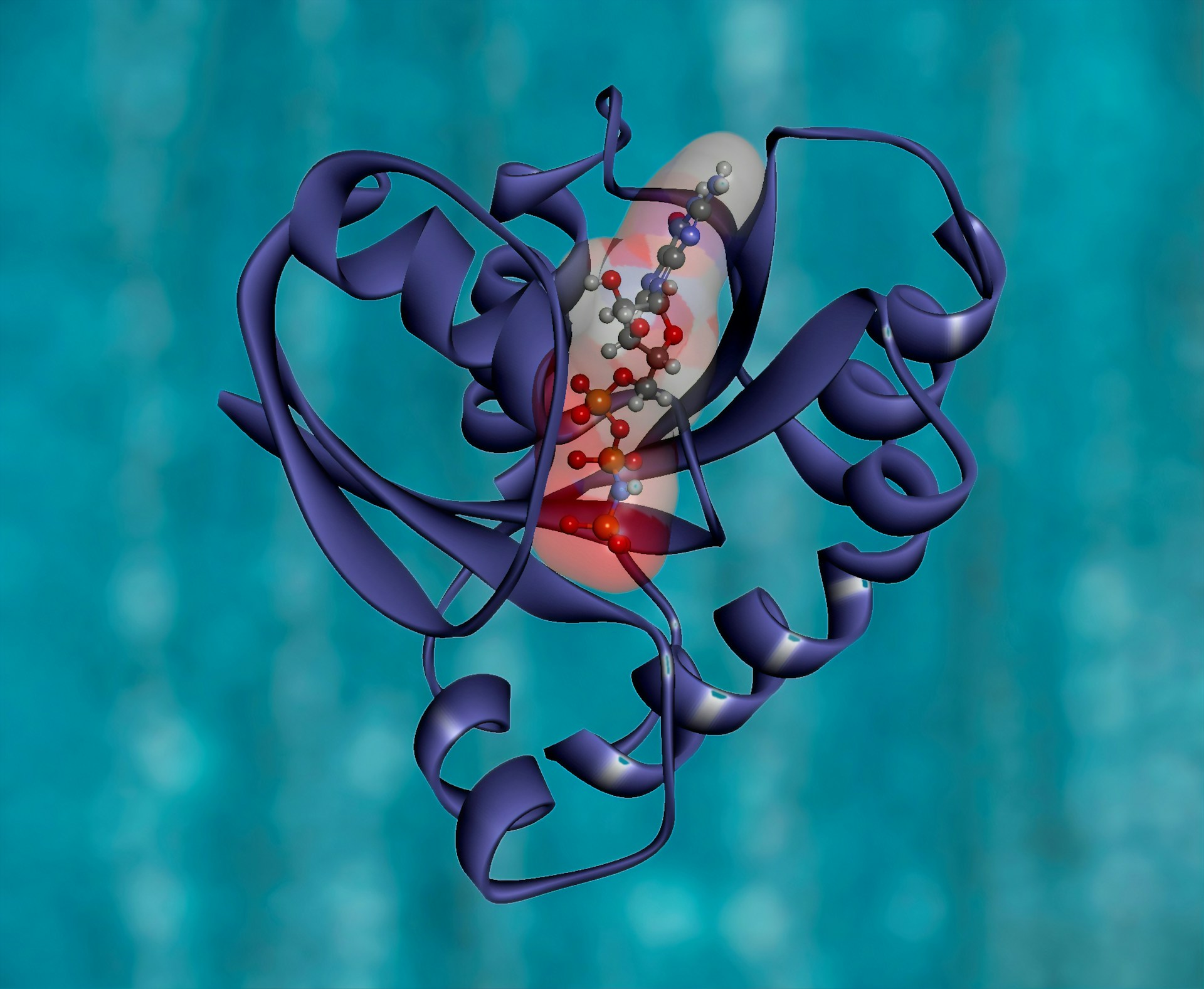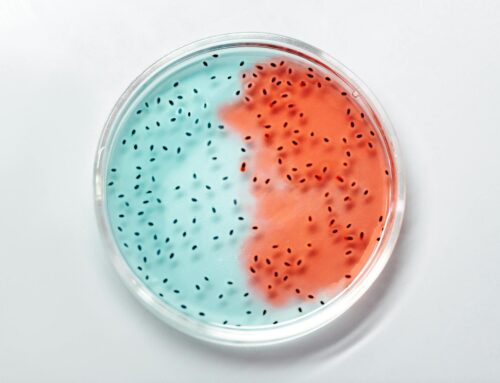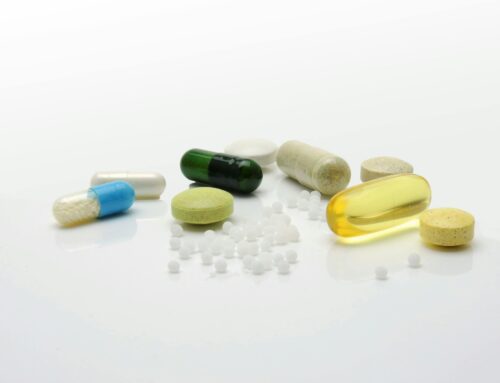A research team has looked into the impact that the bacteria Porphyromonas gingivalis has on some drug treatments. Porphyromonas gingivalis is a type of bacteria that is found in the mouth – and is associated with gum disease. However, it has also been connected to inhibiting cancer treatments. A team sought to look into this further.

In an interesting finding, a research team has found that the bacteria Porphyromonas gingivalis – which is commonly seen in gum disease – interferes with some drug treatments, including those for oral cancer [1].
This is a concerning finding, and means that oral cancer tumors can become resistant to the effects of chemotherapy drugs.
Therefore, this has serious ramifications for the treatment of serious health conditions. Moreover, there are also oral health consequences too.
What is Porphyromonas gingivalis?
Porphyromonas gingivalis is a type of bacteria found in the mouth. When our mouths are in a healthy state, porphyromonas gingivalis is suppressed by the “good” bacteria in the mouth.
However, when the balance between “good” and “bad” bacteria gets disrupted, porphyromonas gingivalis contributes to oral health problems.
Porphyromonas gingivalis is linked to a range of conditions. It is known to contribute to bone loss in gum disease [2]. This type of bacteria is able to enter and survive inside the first lining cells of mucosa in the mouth. Porphyromonas gingivalis can then invade deeper tissue and subsequently spread rapidly.
Moreover, porphyromonas gingivalis is also linked to physical health disorders, such as arthritis and various metabolic disorders [3].
The Research
The research was completed by an interdisciplinary team at MUSC Hollings Cancer Center. Their findings were published in the iScience journal [1].
The authors pointed out that oral cancer patients infected with porphyromonas gingivalis typically have worse treatment outcomes compared to those without the bacteria present [1].
The researchers sought to find out why this happens. They observed that chemotherapy drugs were unable to reach their full potential. This was due to interference from the porphyromonas gingivalis bacteria [1].
Chemotherapy drugs are meant to initiate a process called ceramide-induced mitophagy – which results in cell death and tumor suppression [1].
However, the researchers found that the bacteria inhibits this process, meaning that the cancerous cells are not attacked. Therefore, this results in the chemotherapy drugs having a limited effect [1].
To further their understanding, the researchers used mice. They infected the mice with oral cancer and porphyromonas gingivalis. Then, they observed the sequencing of the oral tumor, and saw how the treatment process was impacted by the relationship between the cancer and bacteria [1].
The team wanted to go further to understand which part of the porphyromonas gingivalis bacteria was interacting with the cells to limit their effectiveness [1].
Following various tests, the team were able to conclude that the fimbriae – a protruding protein structure on the outside of the bacteria – was responsible for the inhibition process [1].
They reasoned that the role of the fimbriae is to attach to moving fluids or objects. Therefore, when the chemotherapy drugs were passing through the body, the fimbriae attached to them.
The team were pleased with their findings, and praised Professor Ozlem Yilmaz for suggesting the fimbriae could be playing a role – which provided them with a breakthrough. Researcher Besim Ogretmen labelled the research as “a true collaboration” [4].
Summary
These were interesting, yet important, findings. The researchers were able to conclude that the porphyromonas gingivalis bacteria certainly has an inhibiting effect on chemotherapy drugs.
The researchers suggested that while these are useful findings, further research will follow. They have noted that they wish to find out if there is a way of stopping this process [1].
The researchers have proposed that antibiotics could be used to try and block the fimbriae from attaching to the chemotherapy drugs [1]. Therefore, this would stop the inhibition process.
This will provide a direction for future research to take place in. But for now, these findings are useful, and allows us to understand more about porphyromonas gingivalis, and the impact it has.
Thinking points…
[1] Oral bacteria is linked to a range of health problems. Therefore, it is important to adopt excellent oral hygiene. A good way of helping your oral health is to visit the dentist regularly for a check-up. This will allow a dentist to take a look at your oral health, provide advice, and suggest treatment if needed. We recommend that you book an appointment right away!
[2] You might be surprised about the ways that oral bacteria can enter your mouth. Aside from poor oral care, activities like biting your nails, putting any object in your mouth, or even regular snacking throughout the day all contribute to bacteria entering your mouth. Try to find ways to avoid these activities. You could chew sugar-free gum instead, and sip water throughout the day. This can aid your oral health!
What we offer at Taradale Dental
Taradale Dental is a dental clinic based in Calgary, Alberta, Canada. At our Calgary dental clinic, we provide a range of services for our patients.
We advise our patients to attend our Calgary dental clinic at least twice per year for a regular dental check-up. At these check-ups, we provide a comprehensive review of a patient’s oral health. If any problems are detected, we have many treatments available. For example, these include cavity fillings and root canals. To strengthen your oral health, we recommend brushing your teeth at least twice a day and flossing regularly.
Here at Taradale Dental, we also have some cosmetic treatments available! These include dental implants, teeth whitening and Invisalign™! Our patients find that these treatments have a positive impact on their appearance, confidence and self-esteem.
Moreover, the fees of our treatments at our Calgary dental clinic Taradale Dental are set in line with the Alberta Dental Fee Guide. This ensures transparent and fair pricing, with no hidden costs.
We hope to see you soon at our Taradale Dental clinic in Calgary! You can find out more about us by visiting our website https://taradaledental.ca/!
References
[1] Sheridan, M., Chowdhury, N., Wellslager, B., Szulc, Z. M., Yilmaz, O., & Ogretmen, B. (2024). Opportunistic pathogen Porphyromonas gingivalis targets the LC3B-ceramide complex and mediates lethal mitophagy resistance in oral tumors. iScience. 27 (6): 109860. DOI: https://doi.org/10.1016/j.isci.2024.109860.
[2] Tominari, T., Sanada, A., Ichimaru, R., Matsumoto, C., Hirata, M., Itoh, Y., Numabe, Y., Miyaura, C., & Inada, M. (2021). Gram-positive bacteria cell wall-derived lipoteichoic acid induces inflammatory alveolar bone loss through prostaglandin E production in osteoblasts. Scientific Reports. 11: 13353. DOI: https://doi.org/10.1038/s41598-021-92744-5.
[3] Mulhall, H., Huck, O., & Amar, S. (2020). Porphyromonas gingivalis, a Long-Range Pathogen: Systemic Impact and Therapeutic Implications. Microorganisms. 8 (6): 869. DOI: https://doi.org/10.3390/microorganisms8060869.
[4] Cantu, L. (2024). Interdisciplinary team maps role of P. gingivalis in drug resistance. Available: https://medicalxpress.com/news/2024-06-interdisciplinary-team-role-p-gingivalis.html. Last accessed: 5th July 2024.


